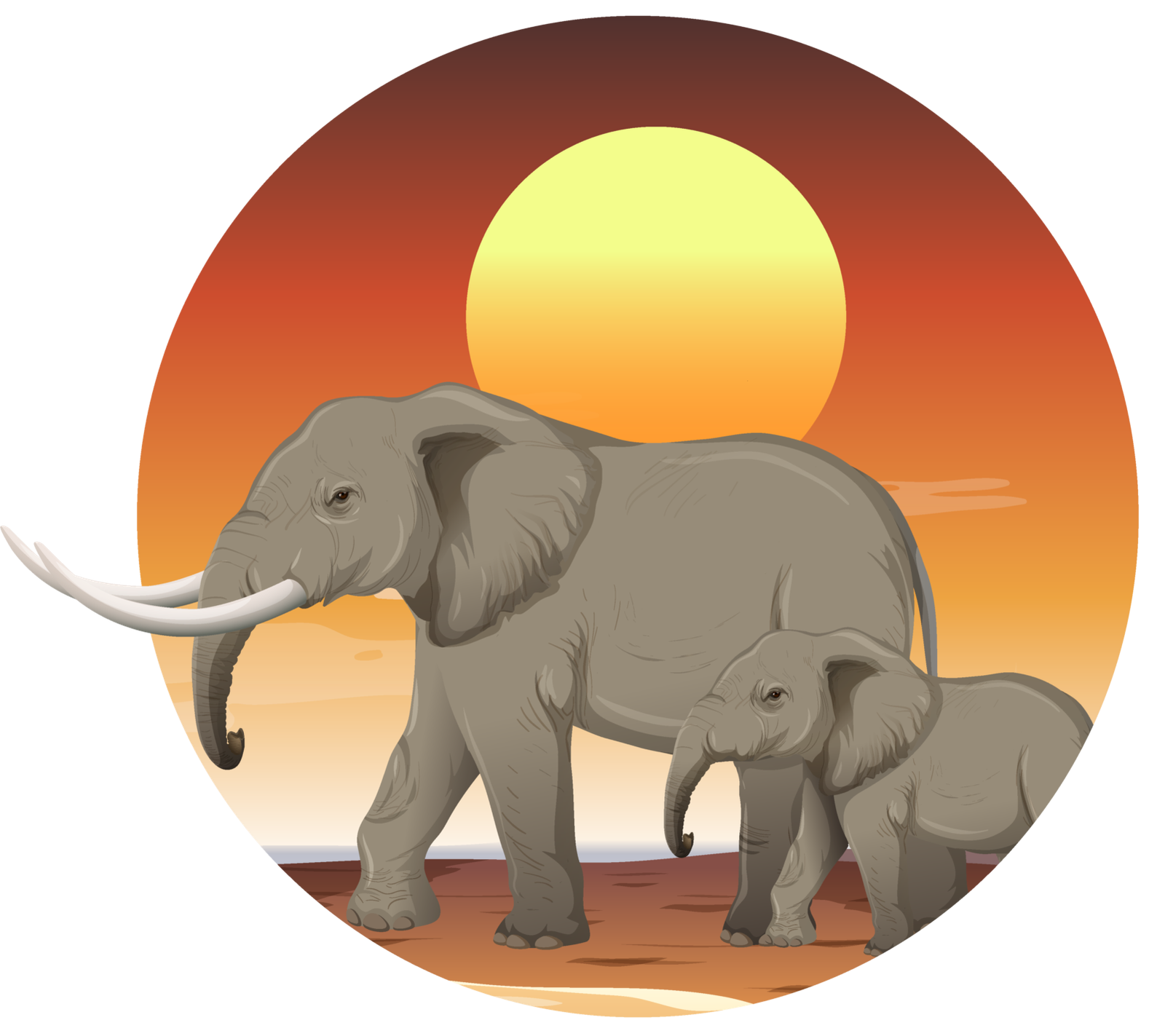Ngorongoro Conservation Area Tanzania | Ngorongoro crater
Ngorongoro conservation area | Ngorongoro Crater was initially part of the Serengeti National Park. Found in Arusha northern Tanzania and near the Kenyan border with an area cover of 8,292 square kilometers. In 1959 it was separated from the national park and made a conservation area. The main feature to look out for is the Ngorongoro crater, the world’s largest inactive caldera which is also a UNESCO World Heritage site.

Most tourists combine a safari to Serengeti National park with a tour to Ngorongoro conservation area.
Attractions in Ngorongoro Conservation Area
Ngorongoro Conservation Area is a finest place to spot most famous mammals like the big five but also other animals. Several bird species can also be spotted in Ngorongoro Conservation Area. Other attractions and sites to visit include; the Empakaai crater, Lerai Fever Tree Forest, Lake Magadi, a tour of Olduvai Gorge, olmoti crater.
Listed below are some of the activities to do on a safari in Ngorongoro Crater.
An interesting fact about the reserve is it allows human habitation where the indigenous Masaai people are allowed to graze at the crater especially during the dry season. Therefore, on the remarkable safari tourists come across the local Masaai people.
Ngorongoro conservation area is a habitat for a variety of wildlife species like the big five and other animals including; warthogs, zebras, cheetahs, gazelles and wildebeest. A wide range of bird life; yellow wagtails, saddle bill storks, flamingos, crowned cranes, white storks can be spotted on a game drive or on a guided nature walk. The best wildlife viewing time recommended is during the dry season from December to March and June to September.
A photographic safari to capture beautiful sights of animals, birds, the Masaai tribesmen and also the irresistible scenic savannah vegetation.
Ngorongoro hosts Olduvai Gorge, an archaeological site with a museum that showcases fossils of extinct animals and it is also well known as a discovery site for the first human remains.
Hot air ballooning is an adventurous means to tour the crater and other areas within the conservation. It gives a magnificent view of the crater and the migration of the wildebeest.
A visit to the bush men in the remote areas of the park. Unlike some of the Masaai people who have taken up the western ways, the bush men remain ancient and live off hunting and gathering. A visit to their homes allows the visitor to learn and discover their culture and ways of living.
Picnics in the wilderness next to grazing wild game.
How do you get to Ngorongoro Conservation Area?
Fly to Kilimanjaro International Airport. Tourists can then go for a chartered flight from Arusha to Lake Manyara Airstrip in Ngorongoro. The area can also be accessed by road from Arusha which takes about 3 hours.
Accommodation facilities in Ngorongoro Crater
Accommodation facilities in Ngorongoro range from budget, mid-range or luxury. Some of the facilities that offer great services.
- Ngorongoro Serena Lodge
- Ngorongoro Lodge
- Gibbs Farm
- Lemala Ngorongoro Lodge
- Lions Paw Camp Ngorongoro
- Ngorongoro Crater Lodge
